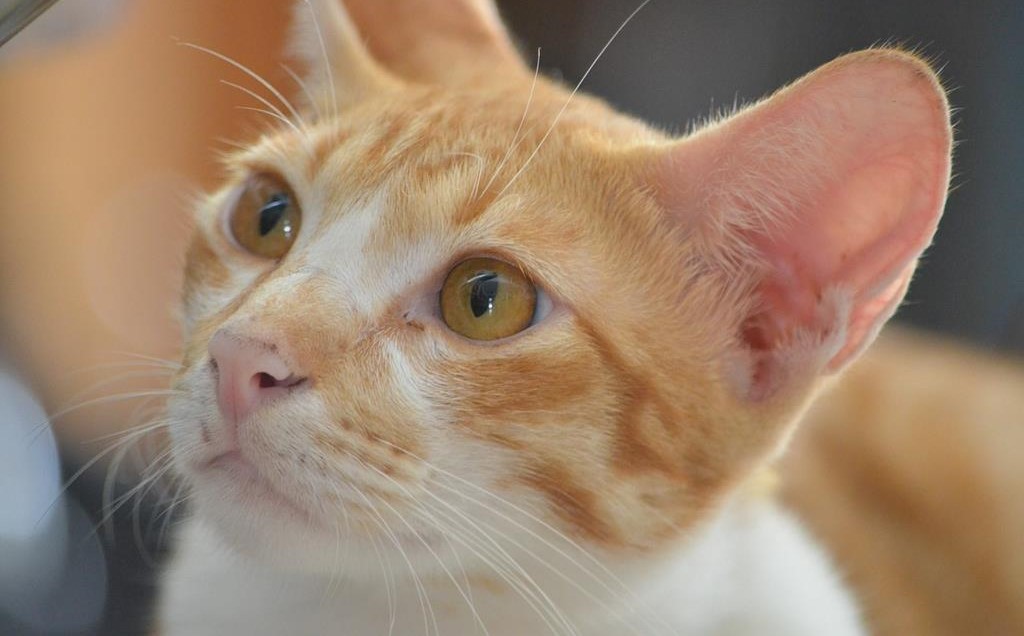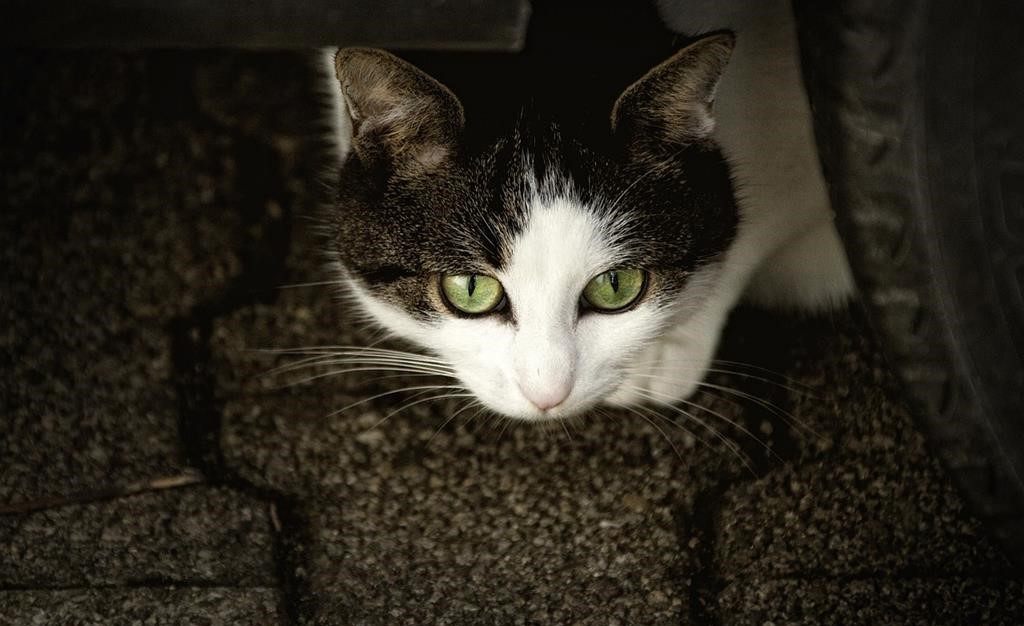To determine a cat’s age, check the teeth and overall condition of their eyes, ears, and coat. Age can be estimated by the presence or absence of baby teeth and the degree of wear on permanent teeth. Additionally, younger cats usually have brighter, clearer eyes, while older cats may have cloudy or sunken eyes, along with tarter buildup on their teeth and less sleek coats.
Cats are mysterious creatures, often concealing their true age behind their enigmatic eyes and graceful demeanor. Whether you’ve recently adopted a stray cat, found a feline friend on your doorstep, or are simply curious about the age of your own pet, determining a cat’s age can be a bit of a puzzle. However, there are several clues you can use to make an educated guess about your furry companion’s age.
1. Dental Health Tells a Tale
One of the most reliable indicators of a cat’s age is their dental health. Just like humans, cats go through different stages of dental development.
-
Kittens (0-6 months): Young kittens typically have bright white baby teeth. These tiny teeth are sharp and clean.
-
Adults (7 months to 6 years): As cats transition into adulthood, their baby teeth start to fall out, being replaced by larger, more worn adult teeth. By around 6 months of age, most cats have their full set of adult teeth.
-
Seniors (7 years and older): Older cats may exhibit signs of dental wear and tear, such as yellowing or missing teeth. Some may even develop dental issues like gum disease.
2. Fur Condition Matters
A cat’s fur condition can also provide valuable clues about their age. Kittens typically have soft, fluffy fur that is in pristine condition. As cats age, their fur may undergo changes:
-
Adults: Adult cats tend to have sleek and shiny coats. Their fur is well-groomed and usually free of knots and mats.
-
Seniors: Senior cats may exhibit signs of graying fur, especially around the face and paws. The fur may also become coarser and less vibrant with age.
3. Muscle Tone and Body Condition
Another aspect to consider when estimating a cat’s age is their muscle tone and overall body condition. Younger cats are generally more agile and have well-defined muscles. They are often more playful and energetic. In contrast, older cats may have a slight loss of muscle mass and decreased activity levels.

4. Eye Clarity and Brightness
The clarity and brightness of a cat’s eyes can also offer some insights into their age. Kittens typically have bright, clear eyes. Adult cats maintain this brightness, but as they age, their eyes may become slightly cloudy or develop a bluish haze, especially in senior cats.
5. Behavioral Cues
While not as precise as physical indicators, a cat’s behavior can also provide some age-related hints. Kittens are typically full of energy, playful, and curious. Adult cats tend to be more balanced in their activity levels and behavior. Seniors, on the other hand, may become less active and spend more time resting.
6. Consider Breed-Specific Traits
It’s essential to note that certain cat breeds may exhibit age-related traits differently. For example, some breeds may show signs of aging earlier or later than others. Therefore, while breed-specific traits can provide additional information, they should be considered alongside general age-related indicators.
7. Consult a Veterinarian for Precision
While these clues can help you make an educated guess about a cat’s age, they are not always precise. If you need to know a cat’s age for medical or caregiving purposes, consulting a veterinarian is the best option. Veterinarians can perform a thorough examination, including dental checks, and provide a more accurate estimate based on their expertise.
In conclusion, determining a cat’s age can be a bit like solving a mystery, but by considering their dental health, fur condition, muscle tone, and behavior, you can make an educated guess about their age. Remember that a veterinarian’s evaluation is the most reliable way to determine a cat’s age accurately and ensure they receive the appropriate care throughout their life. Regardless of their age, every cat deserves love, care, and attention to lead a happy and healthy life.
Frequently Asked Questions On How Can You Tell How Old A Cat Is
How can I estimate the age of a cat with no previous history or records?
To estimate a cat’s age without prior information, you can look at their physical characteristics, such as dental health, fur condition, and overall appearance. A veterinarian can also help with a more accurate assessment.
What are some signs that can help me guess if a cat is a kitten, adult, or senior?
Kittens typically have bright, clear eyes, and soft, fluffy fur. Adult cats have a more muscular build and may show signs of wear on their teeth. Senior cats often have graying fur, decreased activity levels, and dental issues.
Can you determine a cat’s age by looking at its teeth?
Yes, a cat’s dental health can provide clues about its age. Kittens have sharp, white baby teeth that start to be replaced by adult teeth at around 4-6 months. Adult cats have well-worn teeth, and senior cats may have dental problems or missing teeth.
Are there other physical indicators of a cat’s age besides their teeth?
Yes, you can also consider a cat’s muscle tone and overall body condition. Younger cats are generally more agile and muscular, while older cats may have a slight loss of muscle mass and flexibility.
Is it possible to determine a cat’s age more precisely than just “kitten,” “adult,” or “senior”?
In many cases, it’s challenging to pinpoint an exact age without prior records. However, a veterinarian can often provide a more accurate estimate based on a comprehensive physical examination.
Do certain breeds age differently, making age estimation more complex?
While there can be variations in aging patterns between cat breeds, the basic signs of aging, such as dental health, fur condition, and overall health, apply to most breeds. Nevertheless, breed-specific traits may influence your assessment.
What should I do if I find a stray cat and want to know its age for proper care?
If you find a stray cat and want to determine its age, it’s advisable to take the cat to a veterinarian. They can perform a thorough examination, including checking teeth and overall health, to provide a more accurate estimate of the cat’s age and offer guidance on appropriate care.
Remember that these age estimates are not always precise, and a veterinarian’s evaluation is the most reliable way to determine a cat’s age, especially if you need to make informed decisions regarding their care.
Conclusion
Determining the age of a cat can be challenging but not impossible. By observing their physical characteristics, dental health, and behavior patterns, you can make an educated guess about their age. Kittens have distinct features such as bright eyes, little or no visible dental wear, and a playful demeanor.
As cats mature, their eyes become less bright, dental wear becomes apparent, and they become more independent. Older cats may start showing signs of aging, such as decreased activity levels and dental issues. Remember that these are just general guidelines, and individual cats may exhibit different aging patterns.
It’s important to consult a veterinarian for a more accurate assessment. So, next time you meet a cat, take a closer look and use these clues to estimate their age. Understanding a cat’s age can help you provide appropriate care and ensure their well-being throughout their lives.



